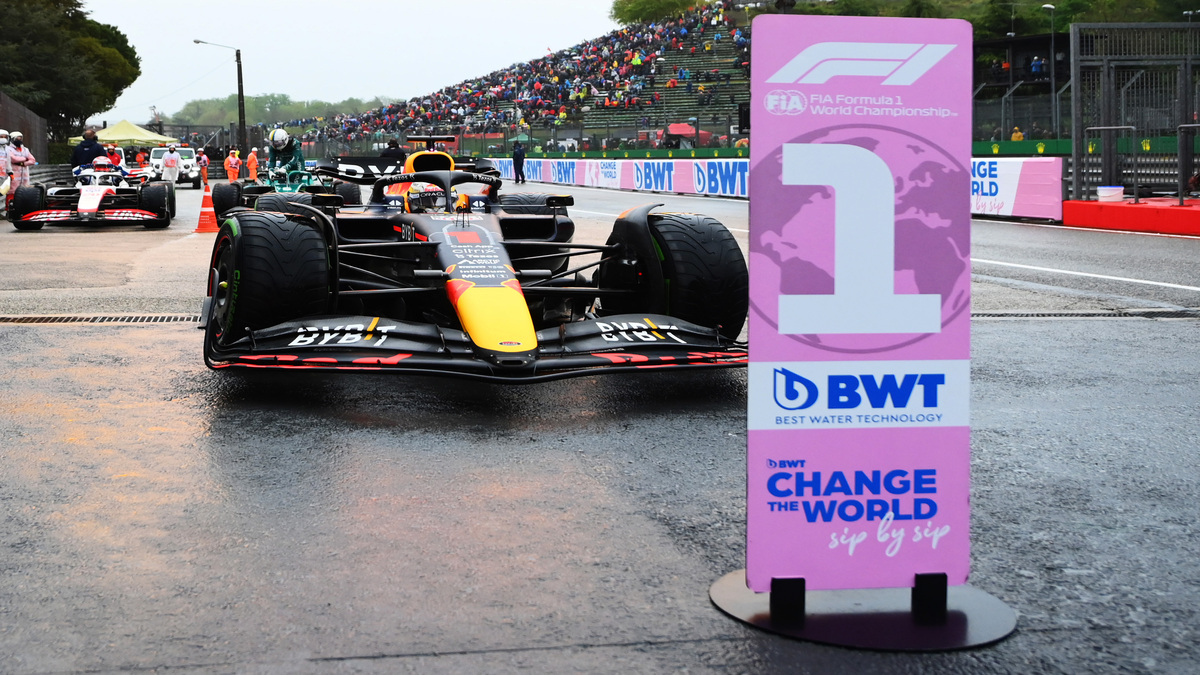Looming copper supply cliff puts porphyry players in pole position

Pic: Dan Mullan / Getty Images Sport
Industry legend and the founder of large Canadian copper miner Ivanhoe Mines recently shone the spotlight back on the extreme lack of copper supply the world is facing thanks to years of underinvestment in the mining sector and the acceleration in the clean energy transition.
According to Robert Friedland, the world is going to need a whopping 700 million tonnes of copper over the next 22 years – the equivalent of all the copper ever mined in history.
This dire need for copper in years to come was reiterated in a recent ABC Four Corners program focusing on the critical minerals required to continue the push towards net zero.
Allison Britt, director of mineral resources for Geoscience Australia, described a critical mineral as an element, metallic or non-metallic, that’s got two characteristics – “one, it’s absolutely essential for modern technologies, our economies, or even our national security and two, there’s a risk, either real or perceived, that its supply chains could be disrupted”.
Each electric vehicle requires 500,000 pounds of raw materials and that includes copper, with demand for its use in EVs set to increase tenfold by 2030. Demand for copper, in absolute tonnage and dollar terms, is the most critical of these metals needed to facilitate the decarbonisation transition.
“It’s absolutely ironic, but to save the planet we are going to need more mines,” Britt told the ABC.
CRU Group analyst Robert Edwards said in a recent Copper Market Outlook report that the market is heading for a near 200,000t deficit in 2022, which should drive the price of the red metal up late in the second quarter and continuing into the third quarter of this year.
He noted that while a number of major mining projects would start production later this year and next, the associated forecast surpluses in 2023-2025 would not be sufficient to drag the price much below $US10,000/t in the medium term.
“The forecast has a steeper refined copper deficit in 2022 than three months ago (187,000t v 100,000t),” he explained.
“We assume the copper price will average $10,000/t in May and then begin to move higher, as China lockdowns end and stimulus begins to kick in, and before key South American mine projects hit commercial production.
“2023-2025 surpluses are higher than in January but not enough to fundamentally change the medium-term price view, with LME 3M staying close to $10,000/t.”
While electrification and ‘greening’ the planet is driving copper demand, there has been a shortage of major new development projects or discoveries to help meet this predicted demand.
Last week Anglo American’s new CEO, Duncan Wanblad, stated that a carbon neutral world would require approximately 60 new copper mines the size of its largest growth project, the Quellaveco mine in Peru. It has taken more than 10 years to bring Quellaveco into production with a construction cost of over $US5 billion.
“The transition to electrification requiring anywhere near 700Mt of copper in the next two decades clearly captures the imagination and growth needed in new projects, all the way from existing mines, resources in the pipeline and new discoveries,” Sam Spring, former Goldman Sachs analyst and CEO of ASX-listed copper explorer Kincora Copper (ASX:KCC), told Stockhead.
“The supply side will need to structurally change and likely still fall very significantly short, particularly factoring the lead-time for new projects, lack of an existing new supply pipeline and increasing ESG hurdles.”
Spring said there would be a strong focus on porphyry discoveries.
“Given porphyry systems supply approximately 60% of the world’s current copper, there will be a clear emphasis on these projects, as many other systems will not really move the needle,” he explained.
“Australia is well positioned to benefit from this given it is a proven mining jurisdiction, its geological prospectivity and it already hosts the world’s second largest resources of copper.”
There are three clear Tier 1 copper provinces in Australia – Mt Isa in Queensland, the Gawler Craton (Olympic Dam) in South Australia and the Macquarie Arc in New South Wales – the latter being the foremost porphyry province, according to Spring, and best known for Newcrest Mining’s flagship operation, the Cadia mine (which is also the largest gold mine in Australia).
The discovery of a copper porphyry can create significant shareholder wealth as illustrated by Robert Friedland’s original Ivanhoe Mines’ (now known as Turquoise Hill Resources) discovery of Oyu Tolgoi (in Mongolia), SolGold’s discovery of Cascabel (Ecuador) and Filo Mining’s discovery of Filo del Sol (on the Chile/Argentina border), which generated early investors between a 10-50x return.
Kincora is currently drilling its advanced and brownfield Trundle Project, which sits in the same mineral system as Northparkes (Australia’s second largest porphyry mine behind Cadia) located in the Macquarie Arc.
“The Macquarie Arc benefits from its location, existing infrastructure and depth of cover,” Spring noted.
“Kincora is the leading pure-play porphyry explorer in this region and made a new discovery only in the last quarter within a brownfield setting.
“Further exploration success provides significant leverage to the structural supply side outlook for copper, particularly given the project’s extremely favourable location.”
In April, assays from the Trundle Park prospect further confirmed that Kincora had made a significant discovery along the Southern Extension Zone (SEZ) at the Trundle Project.
Importantly, those assays backed up previous drilling results that indicated Kincora was close to its primary porphyry target.
Results are pending for a further two completed diamond holes at the SEZ target and 72 air-core holes at seven other prospects across the company’s Trundle and Fairholme projects.
This article was developed in collaboration with Kincora Copper, a Stockhead advertiser at the time of publishing.
This article does not constitute financial product advice. You should consider obtaining independent advice before making any financial decisions.
Related Topics

UNLOCK INSIGHTS
Discover the untold stories of emerging ASX stocks.
Daily news and expert analysis, it's free to subscribe.
By proceeding, you confirm you understand that we handle personal information in accordance with our Privacy Policy.








